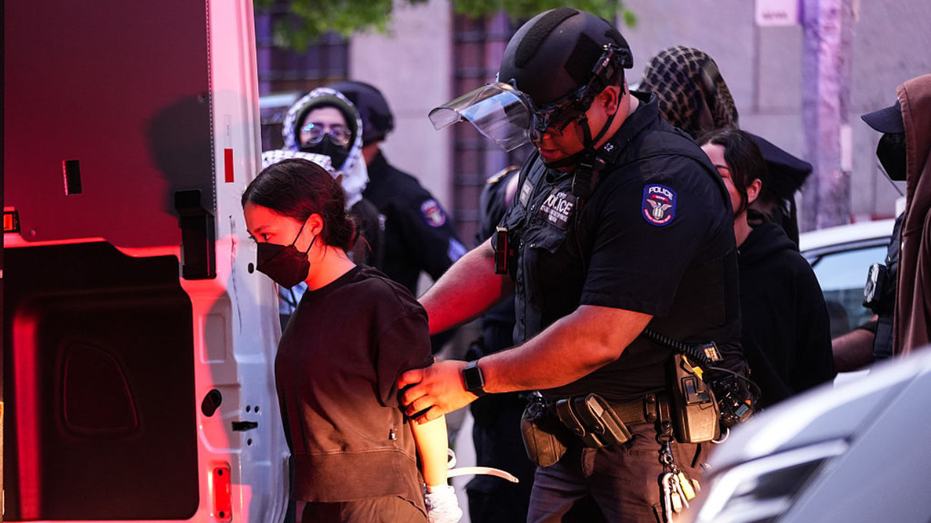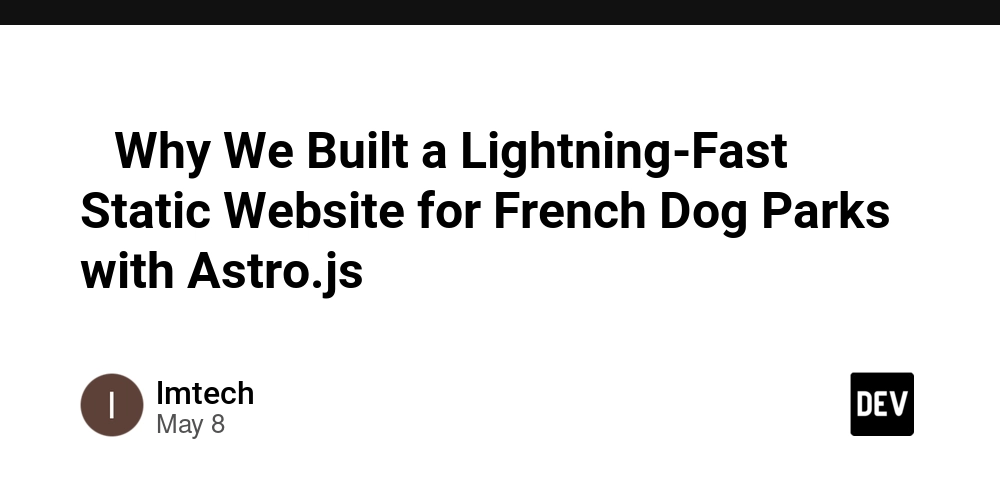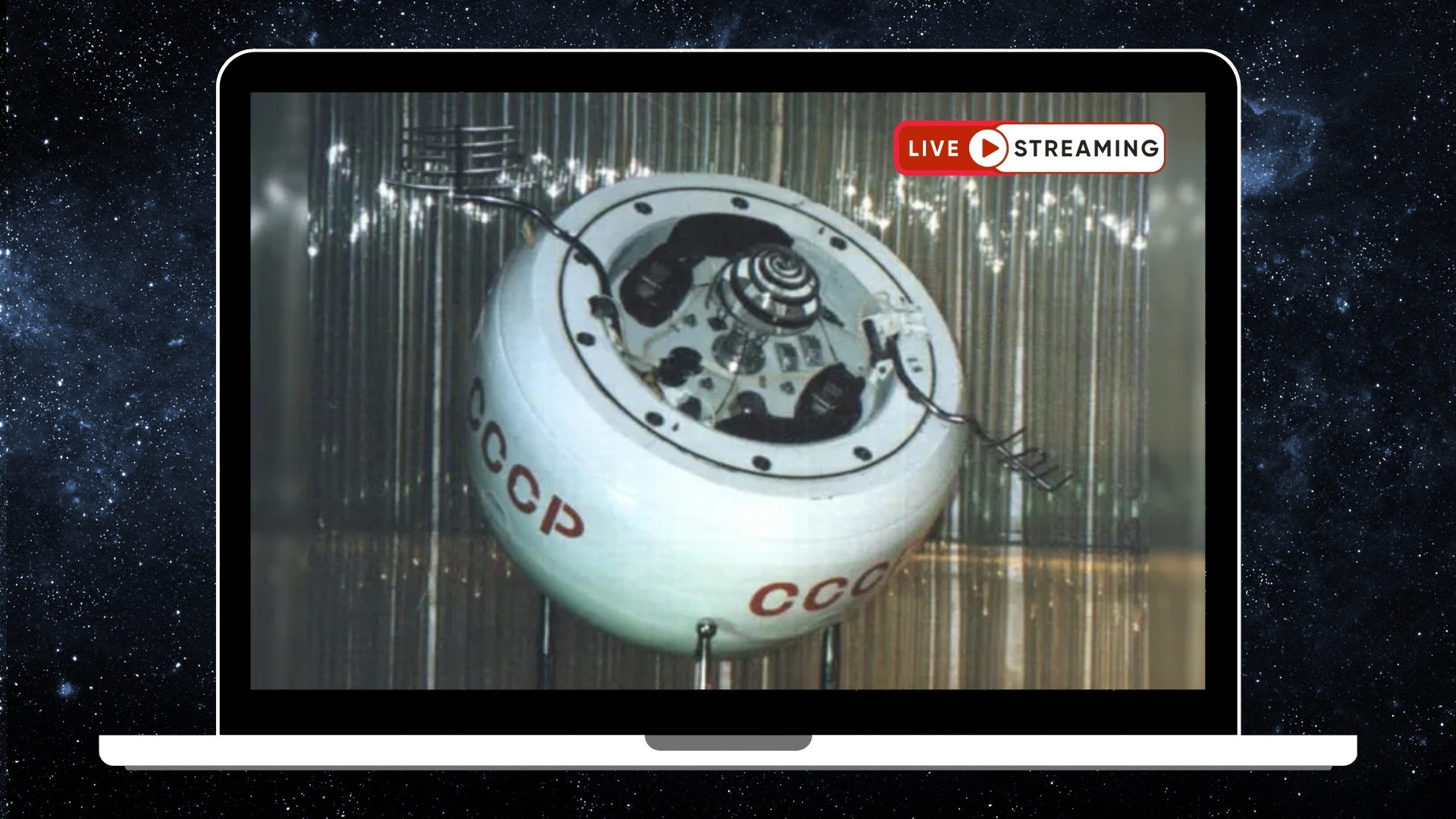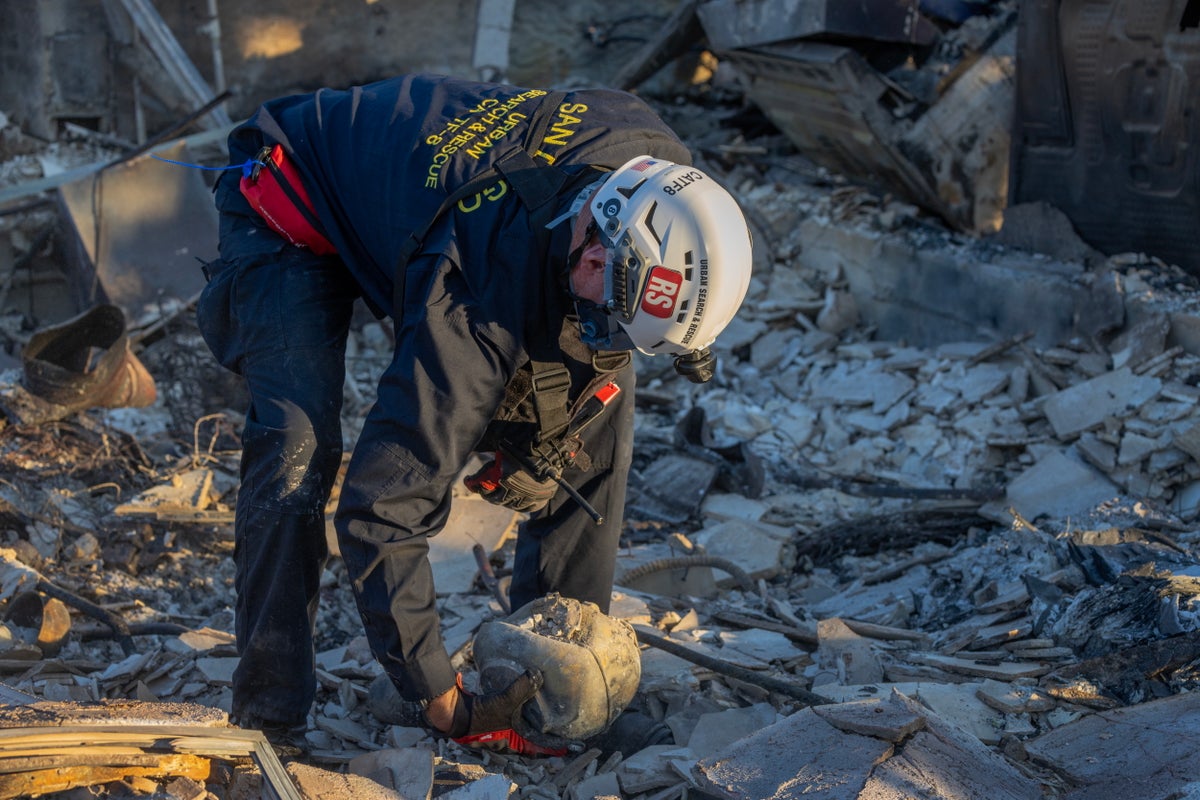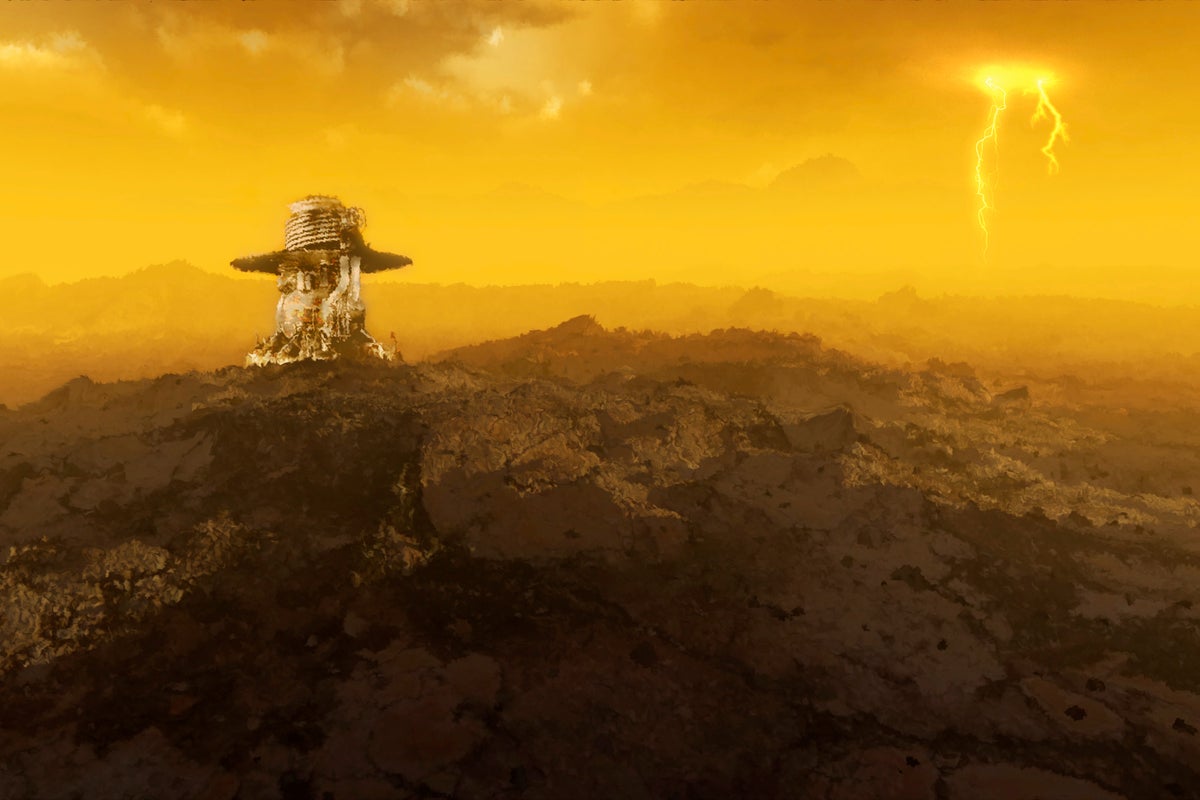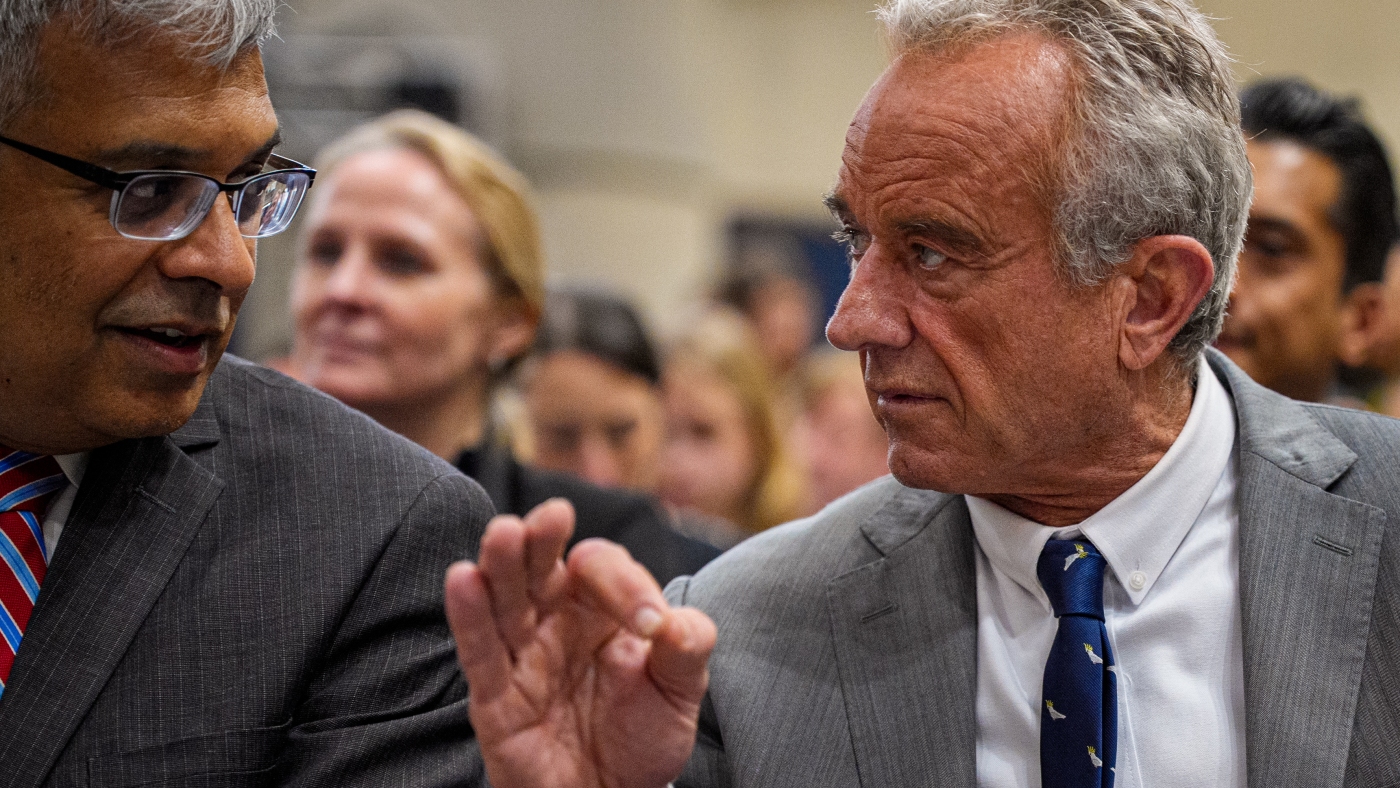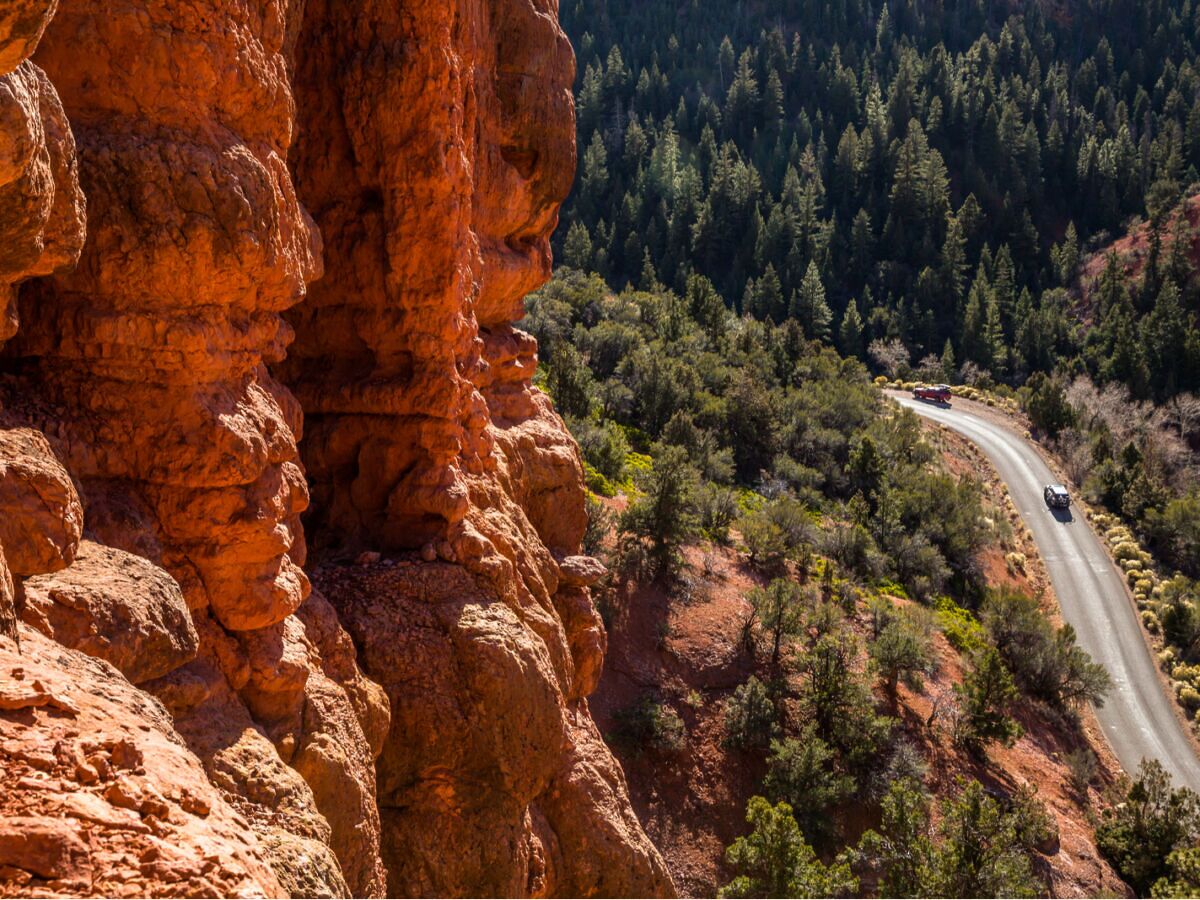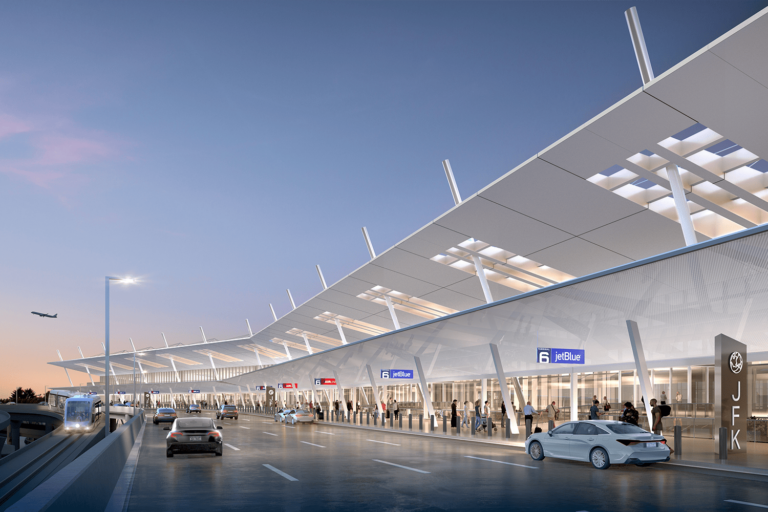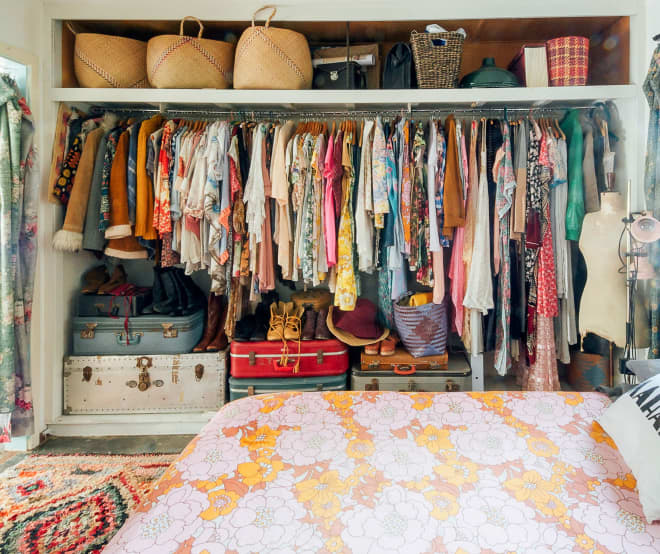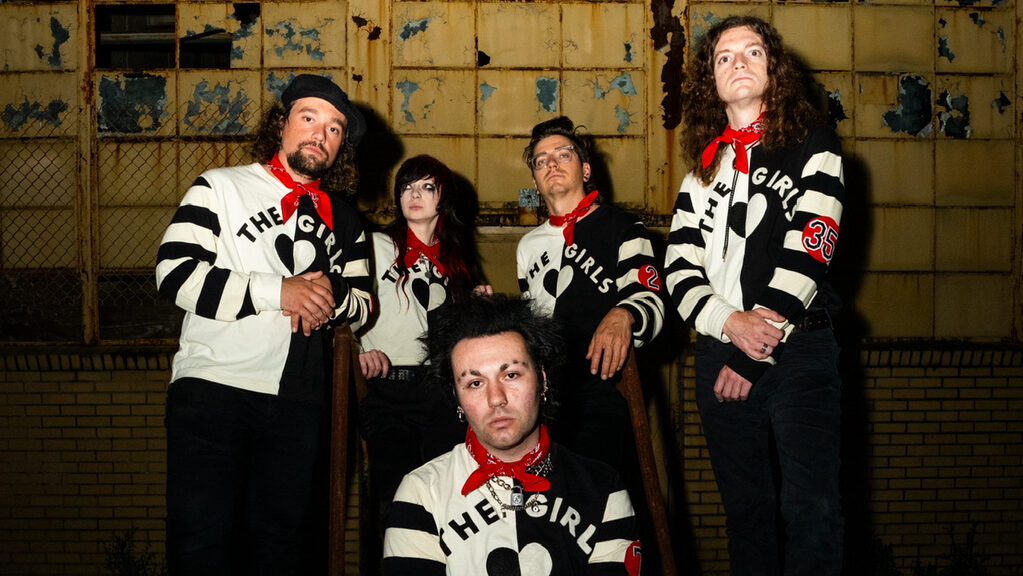How I Edited the 'Found Footage' Episode of 'Only Murders in the Building'
When I first got the call asking if I was interested in interviewing for a new show starring Steve Martin and Martin Short, Only Murders in the Building, it wasn’t a difficult decision. I have been a fan of both since I was a kid, and the idea of working with two of my comedy idols was thrilling. Establishing the Tone: A Genre-Bending SeriesIt was such a pleasure working on the first season of the series because I got to help shape the tone and style of the show. The thing that became evident right away is that the show is a balancing act between murder plot, comedy, and character drama that I think no other show really does. Only Murders in the Building really stretches each element further and further out from the tight nucleus that holds those tones together, but somehow manages to allow the broader comedy and more sincere moments to coexist. Much of the credit for that goes to the creator and showrunner, John Hoffman, who is always pushing to take the show in new directions. Favorite Moments from Seasons PastI’ve been very lucky to get to work on some really special episodes of Only Murders in the Building. In the first season, I got to edit Oliver’s ‘Broadway suspect audition’ in episode 103 and Sazz Pataki’s Intro in episode 109. In season 4, I got to edit one of my all-time favorite scenes involving Steve Martin, Eugene Levy, and Richard Kind, a truly stacked cast executing a perfect comedy spit take. There are also some very poignant scenes between Oliver and Charles in episode 409 that are made deeper by Steve and Marty’s long-time real-world friendship. Episode 406: A Documentary Within a ComedyBut the most satisfying episode I’ve worked on was episode 406, “Blow Up,” which was presented as a "documentary" made by two of the Trio’s main suspects, the filmmakers, The Brothers Sisters. Only Murders is constantly pushing the boundaries and experimenting with things like fantasy, subjective perspective, and rapid switches between comedy, plot, and drama. “Blow Up” was a particularly fun episode because so much of how it came together wasn’t planned in the shooting, but was left up to the editing to create a style that represented what the eccentric Brothers Sisters might come up with. - YouTube www.youtube.com It’s odd to talk about the editing of an episode because we editors all want our work to go unnoticed, yet it’s also gratifying to share what goes into making our projects work. Designing the “Found Footage” FeelThis episode was conceived a little differently than all the others; not everything was worked out at the script or shooting level. Some things, like transitions and documentary cutting styles, were left for the editing room. All of the interstitials, transitions, and chyrons were added in the post to give the episode structure. Our fabulous director, Jessica Yu, and our DP, Kyle Wullschleger, worked really hard on designing the shots and incorporating around a dozen different types of cameras that could cover the action we need to see. We talked about how we could use jump cuts or intercutting to create some sort of a Brothers Sisters style, but once the dailies started coming in, I felt strongly that in order to really highlight the found footage aspect of the "documentary," we should try and keep it as raw feeling as possible and let things play out as single shots. This didn’t mean there wasn’t lots of editing to do because although we wanted scenes to feel like one long shot, I was able to edit pieces from different takes together, but hide the edits within the single shot. In fact, there isn’t a single "oner" that isn’t made up of multiple takes. This even applies to static shots taken from hidden cameras. In one scene, Oliver is seen on a hidden camera calling Loretta in order to propose. Marty did a tremendous job acting the scene in every take, but in the one we ended up using, there were a few pauses that slowed the scene down a bit, so I found a handful of places to remove 15, 20, or even 45 frames with invisible jump cuts. In the scene in the cab, I was able to stitch two pieces together by creating a fake rack focus that blurred the edit.Creating Pace Through Performance and AudioThe found footage style of the episode also really tied our hands in terms of pacing, and we had to come up with new ways to keep the pace and urgency that a murder comedy requires. Typically, we can manipulate pacing by cutting between different camera coverage, but with scenes played out in one shot, the performance drove the pacing. These kinds of shots are very complicated, and getting the camera to act precisely where it needs to be takes a lot of practice and effort. The production team did a tremendous job, but there wasn’t enough time on set to get everything perfect. So early on, after putting the scenes together for the first time, I was looking for ways to tighten the pace, and I realized that we had to do it with audio. Instead of removing the micro pauses that we’d normally cut out,


When I first got the call asking if I was interested in interviewing for a new show starring Steve Martin and Martin Short, Only Murders in the Building, it wasn’t a difficult decision. I have been a fan of both since I was a kid, and the idea of working with two of my comedy idols was thrilling.
Establishing the Tone: A Genre-Bending Series
It was such a pleasure working on the first season of the series because I got to help shape the tone and style of the show. The thing that became evident right away is that the show is a balancing act between murder plot, comedy, and character drama that I think no other show really does. Only Murders in the Building really stretches each element further and further out from the tight nucleus that holds those tones together, but somehow manages to allow the broader comedy and more sincere moments to coexist. Much of the credit for that goes to the creator and showrunner, John Hoffman, who is always pushing to take the show in new directions.
Favorite Moments from Seasons Past
I’ve been very lucky to get to work on some really special episodes of Only Murders in the Building. In the first season, I got to edit Oliver’s ‘Broadway suspect audition’ in episode 103 and Sazz Pataki’s Intro in episode 109. In season 4, I got to edit one of my all-time favorite scenes involving Steve Martin, Eugene Levy, and Richard Kind, a truly stacked cast executing a perfect comedy spit take. There are also some very poignant scenes between Oliver and Charles in episode 409 that are made deeper by Steve and Marty’s long-time real-world friendship.
Episode 406: A Documentary Within a Comedy
But the most satisfying episode I’ve worked on was episode 406, “Blow Up,” which was presented as a "documentary" made by two of the Trio’s main suspects, the filmmakers, The Brothers Sisters. Only Murders is constantly pushing the boundaries and experimenting with things like fantasy, subjective perspective, and rapid switches between comedy, plot, and drama. “Blow Up” was a particularly fun episode because so much of how it came together wasn’t planned in the shooting, but was left up to the editing to create a style that represented what the eccentric Brothers Sisters might come up with.
- YouTube www.youtube.com
It’s odd to talk about the editing of an episode because we editors all want our work to go unnoticed, yet it’s also gratifying to share what goes into making our projects work.
Designing the “Found Footage” Feel
This episode was conceived a little differently than all the others; not everything was worked out at the script or shooting level. Some things, like transitions and documentary cutting styles, were left for the editing room. All of the interstitials, transitions, and chyrons were added in the post to give the episode structure.
Our fabulous director, Jessica Yu, and our DP, Kyle Wullschleger, worked really hard on designing the shots and incorporating around a dozen different types of cameras that could cover the action we need to see. We talked about how we could use jump cuts or intercutting to create some sort of a Brothers Sisters style, but once the dailies started coming in, I felt strongly that in order to really highlight the found footage aspect of the "documentary," we should try and keep it as raw feeling as possible and let things play out as single shots. This didn’t mean there wasn’t lots of editing to do because although we wanted scenes to feel like one long shot, I was able to edit pieces from different takes together, but hide the edits within the single shot. In fact, there isn’t a single "oner" that isn’t made up of multiple takes.
This even applies to static shots taken from hidden cameras. In one scene, Oliver is seen on a hidden camera calling Loretta in order to propose. Marty did a tremendous job acting the scene in every take, but in the one we ended up using, there were a few pauses that slowed the scene down a bit, so I found a handful of places to remove 15, 20, or even 45 frames with invisible jump cuts. In the scene in the cab, I was able to stitch two pieces together by creating a fake rack focus that blurred the edit.
Creating Pace Through Performance and Audio
The found footage style of the episode also really tied our hands in terms of pacing, and we had to come up with new ways to keep the pace and urgency that a murder comedy requires. Typically, we can manipulate pacing by cutting between different camera coverage, but with scenes played out in one shot, the performance drove the pacing. These kinds of shots are very complicated, and getting the camera to act precisely where it needs to be takes a lot of practice and effort.
The production team did a tremendous job, but there wasn’t enough time on set to get everything perfect. So early on, after putting the scenes together for the first time, I was looking for ways to tighten the pace, and I realized that we had to do it with audio. Instead of removing the micro pauses that we’d normally cut out, we would fill them with off-camera dialogue, and luckily, we had a built-in "Greek chorus" to help us out. Because much of the footage is shot by Howard, I realized we could have him react and comment from behind the camera. This gave us a whole new way to fill in the pauses, add comedy, and even heighten tension where needed. We did a whole pass coming up with lines and reactions for Howard to add, and once we put them in, it filled out the whole episode in an amazing way.
One of the first lines we came up with was as Oliver and Mabel are berating Charles for his bad life choices Mabel says, "Like the time you fell for Jan (his murderous ex-girlfriend)" and Howard chimes in very nonchalantly, "True," and when we put that in it just cracked everyone up. It’s a throwaway line that serves a multitude of purposes.
 'Only Murders in the Building'Credit: Hulu
'Only Murders in the Building'Credit: Hulu
Giving the Camera a Character: Howard’s POV
Another thing I was very sensitive to was making the camera really feel like it was being operated by Howard and that he was trying to keep up with the action in the scenes without anticipating it, that is, the camera shouldn’t pan over to someone before they speak because it gives away that the camera knows the lines in the script.
So, there are a few instances where we had to add a bit of dialogue in order to beat the camera moving over to it. In the scene in Oliver’s apartment, just before they head up to confront the Brothers Sisters, the camera is on Mabel texting Detective Williams, but then pans over to Charles for his line ‘How do we get the Brothers Sisters to confess?’ but the camera moved over to him before he started speaking, so we added a couple of words ("Ok, let’s see…") to "cue" the camera. Stuff like that is tiny but helps to make the footage feel more authentic and raw.
Balancing Clarity and Chaos: Helping the Audience Navigate
One of the biggest debates we had in the edit room was just how much explanation the audience would need to understand what they were watching. This led to us subtly adding some graphics to explain where some of the cameras were coming from. There was also a worry that the audience would get distracted by seeing the events unfold through so many different media types, but I always felt that if we told the story right and showed the audience what they needed to see, that very quickly they wouldn’t even notice the varying cameras that we were using and would just be focus on the drama of the story.
The Most Challenging Scene to Edit Was...
The most challenging scene to edit was the Trio’s climactic confrontation with the Brothers Sisters. The Trio is convinced that they’ve found their killers and set out to get the truth. It’s a complicated scene narratively because there is a lot we need to learn through the dialogue and behavior of the characters, but in addition to that, it’s the culmination of the style of the ‘documentary’ in which the use of multiple cameras becomes chaotic. So, on top of balancing comedy, plot, and drama, we needed to do it through a kaleidoscope of camera formats, textures, and angles. It was restrictive in one sense, but of course, if you do it right, it leads to innovative storytelling. For instance, when the Brothers Sisters learn that their mentor is dead, it’s a very emotional moment for them, but rather than play the whole moment on their faces, I cut to the footage from their super 8 film cameras dropping to the floor, which I think has a more emotional impact because it’s unexpected and the audience can read their own emotions into it.
Although it was challenging to have to tell a typical Only Murders episode full of investigation, humor, and emotion with unconventional footage, hopefully, the added hurdle resulted in a fun and refreshing way to experience the series.

